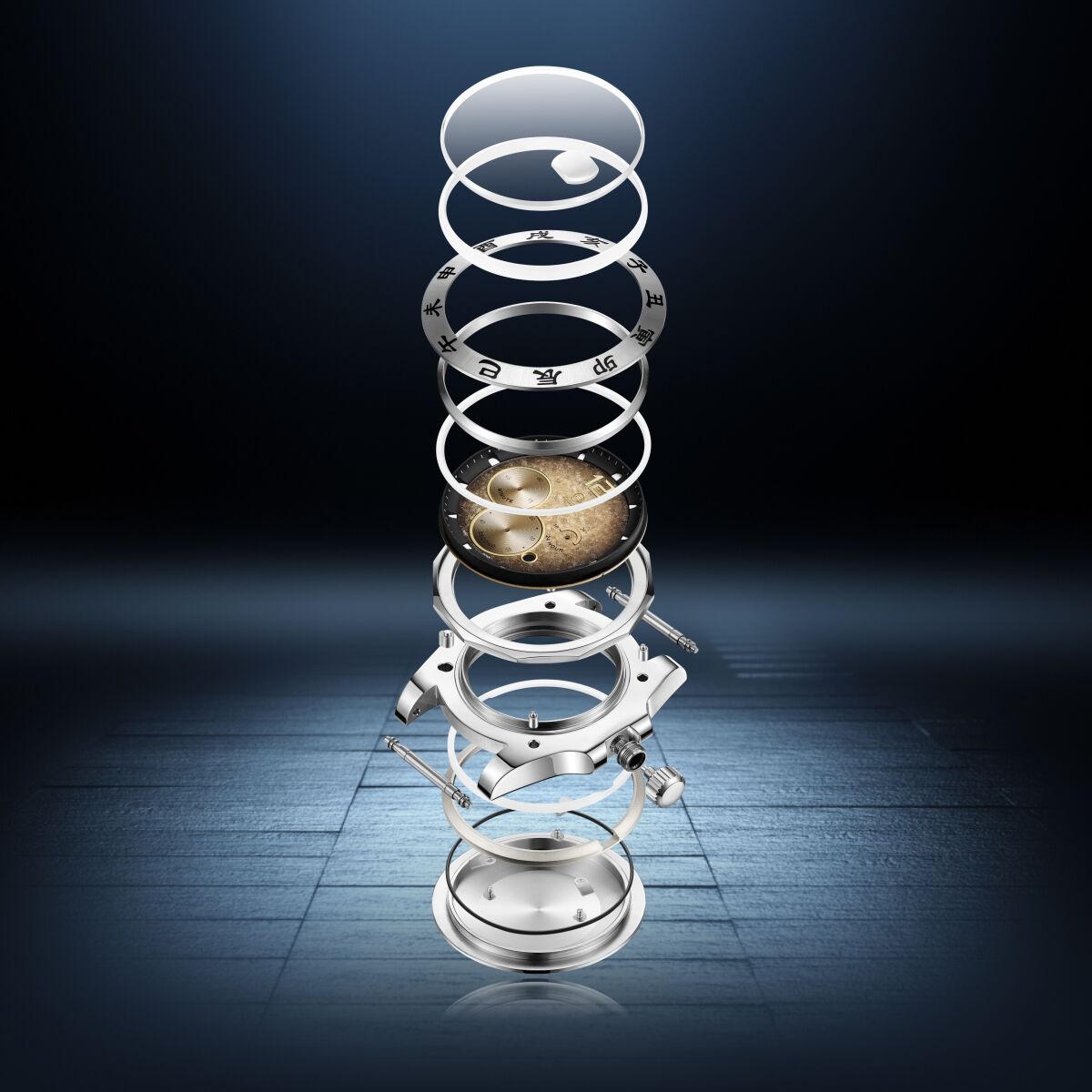
Both 904L and 316L are stainless steels. The key difference lies in their chromium content: 904L contains significantly more chromium, which enhances the formation of a protective anti-corrosion passive layer on the surface. While both offer sufficient wear resistance for daily use, 904L provides superior corrosion resistance. Although common exposures like sweat and humidity are handled by both grades, individuals frequently engaged in marine activities or diving benefit from 904L's enhanced protection. Furthermore, 904L's higher purity allows for a superior, brighter polish. However, these advantages come at a cost due to 904L's greater forging difficulty and higher production expenses. While improved corrosion resistance and ease of refinishing were key drivers, Rolex pioneered the use of 904L in watches starting in 1985, eventually adopting it as the standard material across its entire range. This leadership earned 904L its industry nickname, "Rolex Steel" (or "Oystersteel" as Rolex brands it)